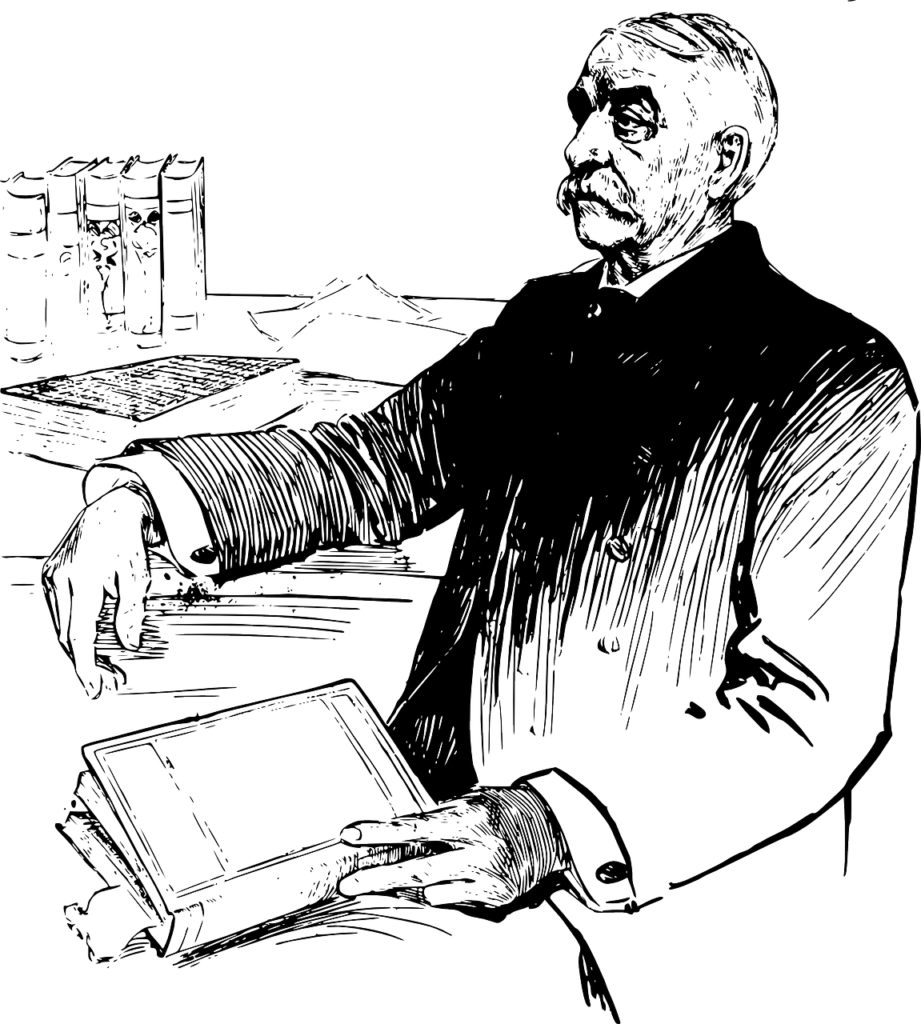Ask the Professor 1
In a job lot of what I thought was interesting office ephemera I bought at an antiques auction, I found an archive of unpublished correspondence, obviously intended for magazine or journal publication that never came about. I present the first of these here without comment.
Dear Professor,
My friend says that scientists have found that birds are actually too heavy to fly. Is this true?
Signed Flighty.

Dear Flighty,
First, let me put you straight on one thing. You’re not fooling anyone with this “my friend says” business. As soon as I hear that, I know that it’s someone trying to cover up their embarrassing lack of knowledge by palming it off on a mythical companion. It’s the same for “I read somewhere”. Pathetic.
Birds too heavy to fly? For a start I’ll assume that you’re not dumb enough to be thinking about emus and kiwis and ground lovers like that. I’ll take it that you’re referring to the usual, everyday birds. Sparrows and seagulls and howler monkeys and stuff.
Well, I may have a surprise for you, my shy friend. Recent research has actually shown that birds are too heavy to fly. But what about, I can hear you ask, what about all those passerines and raptors I see flitting past my window every second of the day?
This, my unlearned friend, can be explained by two hitherto unknown phenomena. Phenomenon 1 is Persistence of Learned Memory, or the After Image Effect. Put simply, this means that because you’ve seen pictures of flying birds many times, when you look out your window you unconsciously superimpose the image of the flying birds onto the background of the sky. Simple. I’ll leave the rest to you.
Phenomenon 2 is the Enhanced Buoyancy Effect. Have you ever noticed that whenever you accidentally ram your vacuum cleaner nozzle into a split in a feather pillow, then swap the hose around to blow instead of suck, the way the feathers immediately defy gravity? Especially if you have the nozzle pointing upwards? This is a demonstration of the Enhanced Buoyancy Effect in birds. Put simply, feathers are actually repelled by air. In other words, birds are actually squeezed upwards, thanks to the action of air on their feathers. This, of course, explains why birds have claws – to grab hold of perches, the ground and pirates’ shoulders in an effort not to shoot upwards like a cheap champagne cork. And it also explains the customary nervous disposition of most birds.
Of course there are some nit-pickers who may claim that Phenomenon 1 (the Persistence of Learned Memory) and Phenomenon 2 (the Enhanced Buoyancy Effect) actually contradict each other. This, of course, has been reconciled by the Avian Uncertainty Principle, which states that wherever birds are concerned, either Phenomenon 1 or Phenomenon 2 explains why they don’t fly.
All in all, it’s a relatively straightforward set of affairs, really.
The Professor.